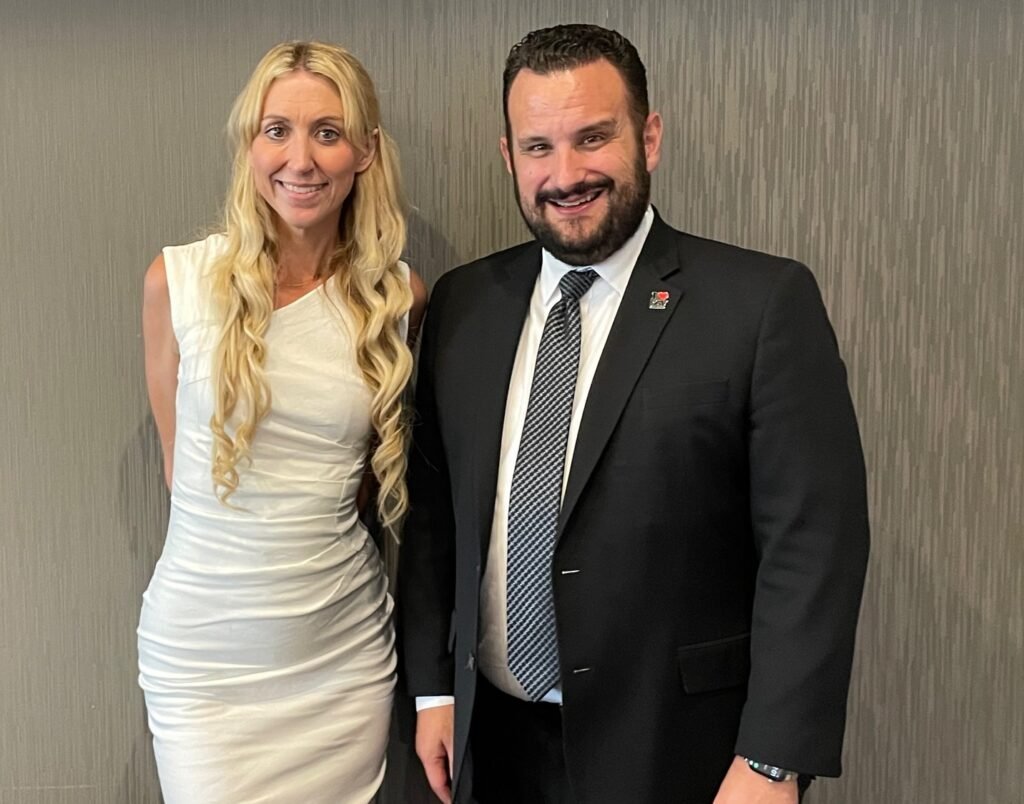By Stephen Witt

Ed Reece balances two worlds in San Gabriel Valley politics. As a Claremont City Councilmember, his focus narrows to streets, parks, and senior services. As president of the San Gabriel Valley Council of Governments, he oversees transportation infrastructure and regional planning for nearly 2 million residents across 31 member cities.
“It’s a logical switch in my head,” Reece explained in a recent interview, describing how he differentiates between his dual roles. “I know when I’m in the moment for my local council seat and when I’m in the moment as president of the COG.”
The distinction matters more now than ever. With the recent passage of Los Angeles County’s Measure G, which will create an elected county CEO position by 2028 and expand the Board of Supervisors from five to nine members, Reece sees new opportunities for regional councils of governments to amplify their voices in county affairs.
“There is definitely some new opportunities that are coming up around Measure G,” Reece said. “My hope is that we can bring the COGs together in a unified voice for LA County.”
The San Gabriel Valley Council of Governments is no minor player in that equation. As the largest COG in Los Angeles County—and the only one with its own Construction Authority—the organization represents a significant voting bloc spanning 31 incorporated cities, two supervisorial districts, and three municipal water districts across more than 374 square miles.
“We are actually the largest COG in LA County,” Reece noted, adding that he has already begun convening meetings with leaders from other COGs across the county to build those collaborative relationships.
When asked whether the San Gabriel Valley’s 2 million residents could leverage more political influence in county governance, particularly given the City of Los Angeles’ traditional dominance in county politics, Reece was diplomatic but optimistic.
“I think it’s always a great thing when your voice can be louder, your voice can be heard by more people,” he said. “So I absolutely think it’s a positive thing to be able to do that.”
The COG’s work extends beyond political positioning. Under Reece’s leadership, the organization manages major infrastructure projects, including the SR-15/SR-60 Confluence Project, which the COG’s Construction Authority is currently overseeing.
When asked about the top development challenges facing the San Gabriel Valley, Reece identified three key priorities: improving public transportation infrastructure, developing the freeway system, and addressing housing through what he calls “smart development.”
“We are going to end up finding ourselves having more and more residents in San Gabriel Valley,” Reece said. “A decade from now, you’re going to ask me, where are we at today? We’re going to be far above 2 million. And so we need to figure out, how do we move these people about.”
His vision for “smart development” emphasizes local control, allowing cities to determine what types of housing—from high-density to moderate-density—make sense for their specific communities, while acknowledging that state housing mandates ultimately supersede local preferences.
Water policy also remains a critical focus. Though Reece deferred detailed expertise to the COG’s Energy, Environment and Natural Resources Committee, he was clear about water’s fundamental importance to the region.
“Water is life, and without water, we have no life,” he said, emphasizing that water retention and managing stormwater runoff are vital priorities for the growing region.
As for his own political ambitions beyond his current roles, Reece kept his options open without committing to any specific future plans.
“Right now, I’m focused on the city and the region,” he said. “But you know, as opportunities arise in the future, I’ll evaluate them. At this point in time, I’m focused on serving the sub-region and our 31 cities.”














